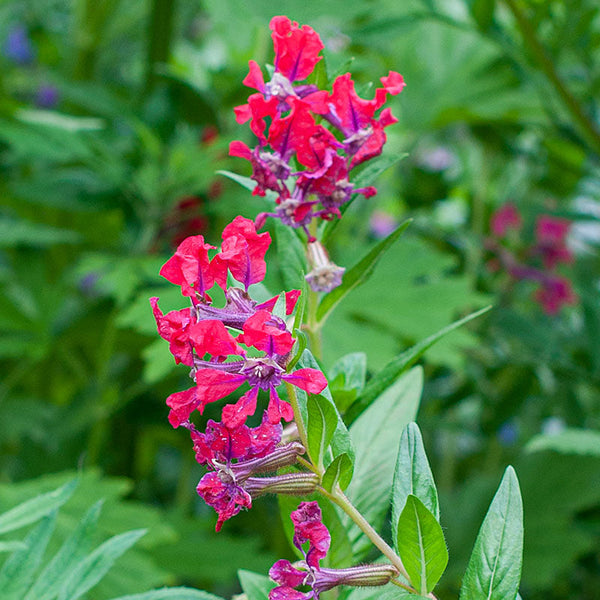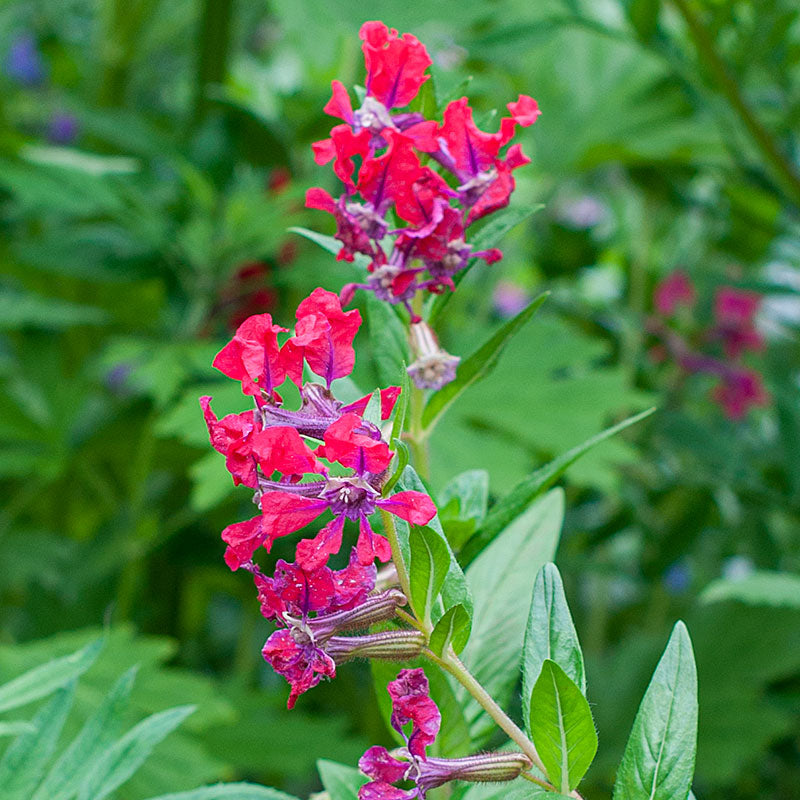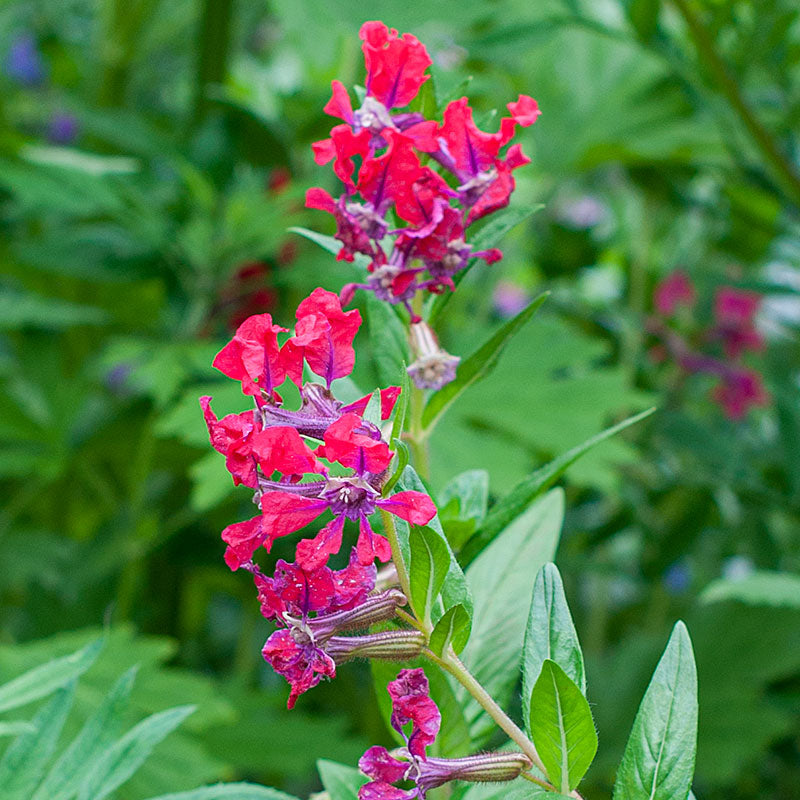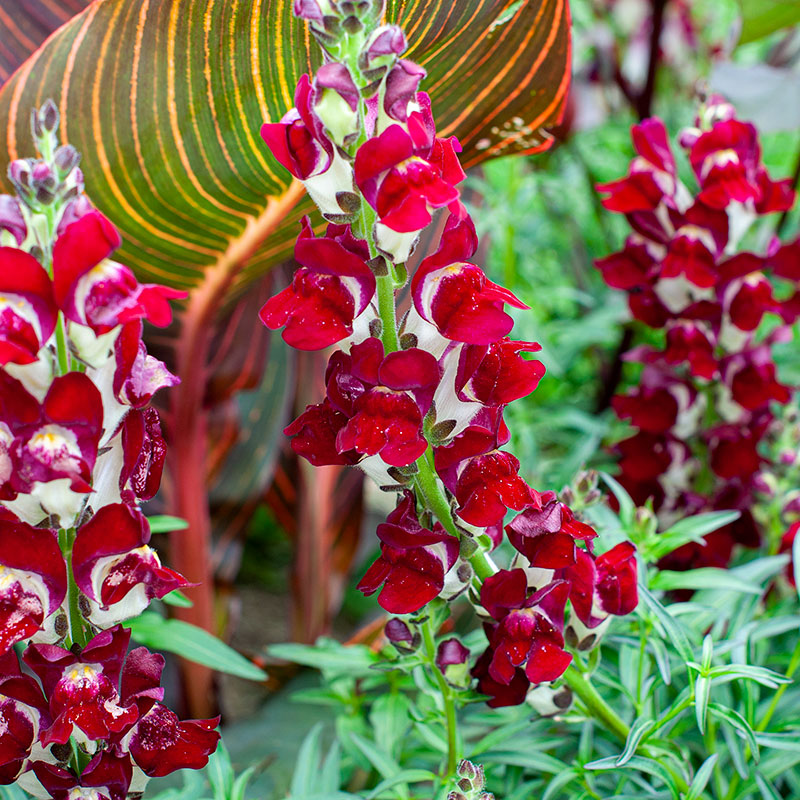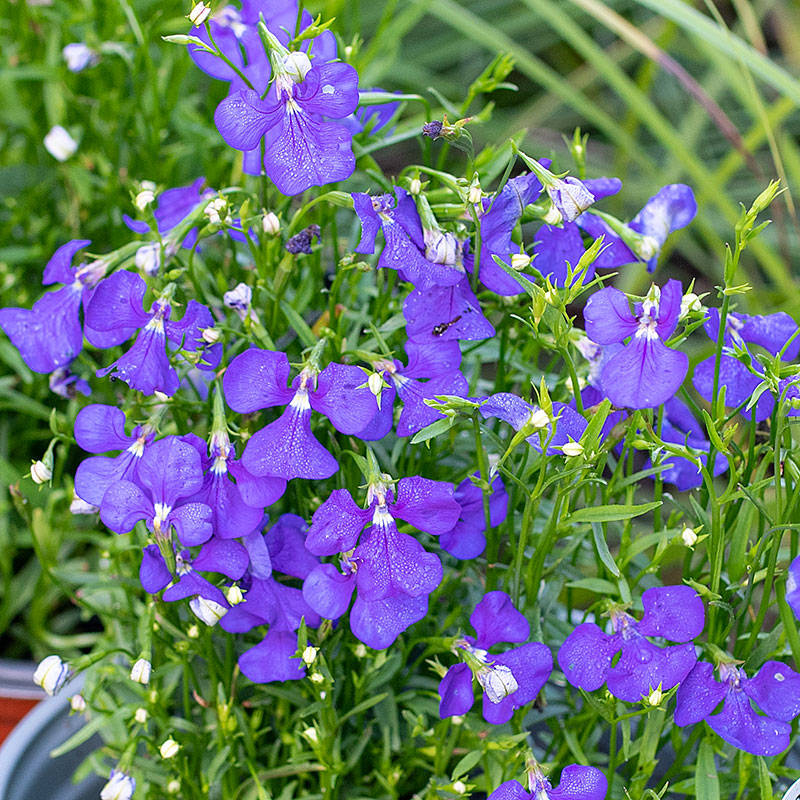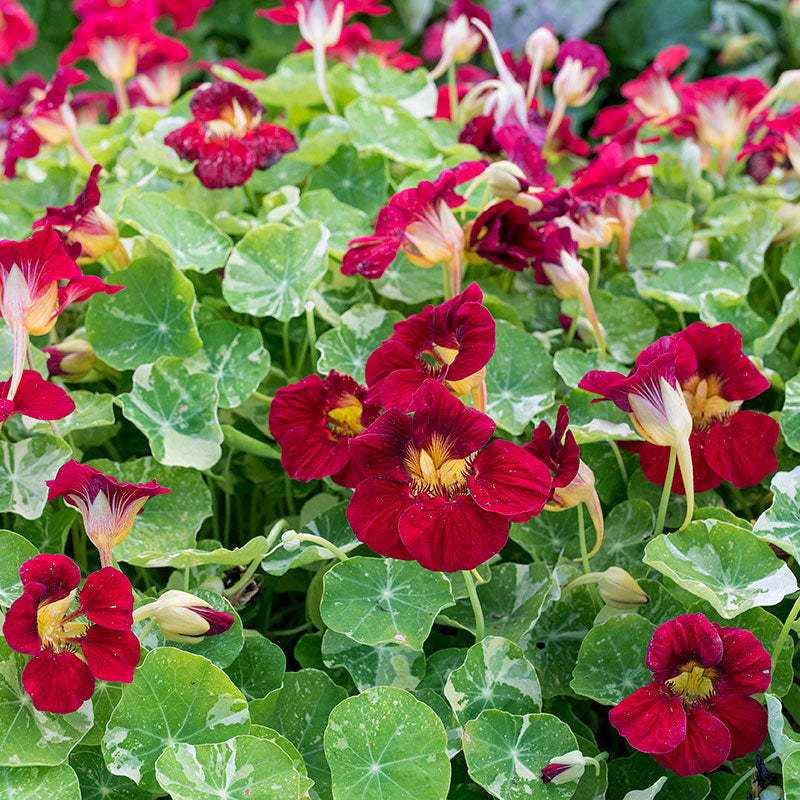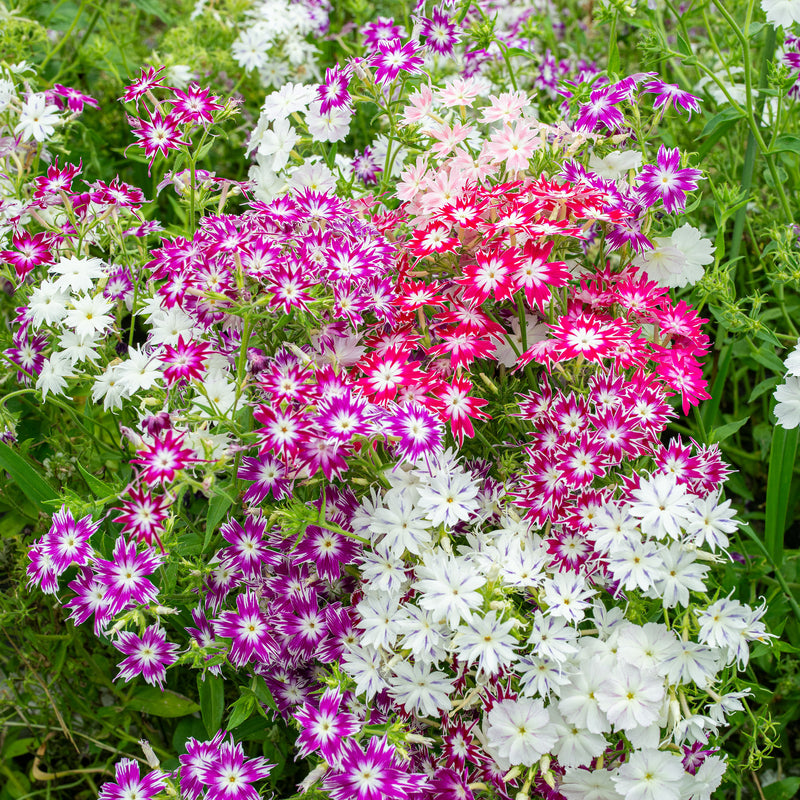SOWING INSTRUCTIONS
Starting Indoors:
Start indoors 8 weeks before planting out. Keep at 65-75°F.
Starting Outdoors:
Direct sow after last frost.
PLACEMENT & CULTIVATION
Native to Mexico, this heat and humity tolerant cuphea is a fast-growing plant superb in containers and as garden edging. The abundant flowers attract butterflies, bees, and hummingbirds. It will do best with full sun (though it will tolerate some light shade for part of the day). If plants become leggy, pinch back. If overwintering indoors, bring in before temperatures drop below 37°F; keep in a sunny window where the temperature is 60-70°F. Reduce watering when growing indoors.
Watering Details:
About 1" per week. While drought tolerant, greater moisture availability will increase growth and blooming. Avoid saturated soils.
Soil pH:
Slightly acid to neutral pH
Fertilizer:
Mix in a couple of inches of compost prior to planting. Alternatively, fertilize with an organic water-soluble fertilizer once per month or mix in a balanced granular fertilizer.
Diseases & Pests:
No major problems. If aphids or whiteflies appear spray with Insecticidal soap. Avoid fungal troubles and root rot by placing in a well-drained setting with good air circulation.






























